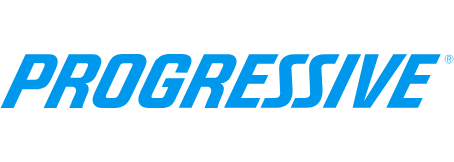- Sold both online and through more than 35,000 independent insurance agents.
- Tied for first in J.D. Power’s customer satisfaction rankings for UBI programs.
What is a Car Insurance Declaration Page?

Our evaluations and opinions are not influenced by our advertising relationships, but we may earn a commission from our partners’ links. This content is created by TIME Stamped, under TIME’s direction and produced in accordance with TIME’s editorial guidelines and overseen by TIME’s editorial staff. Learn more about it.
No one feels like reading the fine print on a car insurance policy, which is why the car insurance declaration page exists. It summarizes the key features of your policy—call it the quick and easy version of your car insurance policy.
A car insurance declaration page (also known as a “dec” page) consists of the following:
You should always read the dec page for accuracy. Have all the cars and drivers been correctly named? Were your eligible discounts applied? Are the limits and deductibles what you intended? The information will be summarized in easy-to-read sections, so you should have no problem verifying.
The declaration “page” will often span two or more pages. Take your time as you read. Scanning too quickly may cause you to miss vital information.
Anyone who insures a car or motor vehicle needs a car insurance declaration page. Too many drivers are uncertain about their coverage limits and deductibles. You don’t want to wait until you are in an accident to get the actual figures, which may be far less than what you thought they were. After all, you can’t retroactively revise your policy because it lists inadequate coverage levels.
Use the declaration page anytime you switch insurers, add or subtract coverage, or add or remove drivers or vehicles. And always check your updated dec page after adjusting your coverage to ensure everything has been processed properly.
Note that you can’t use a declaration page to provide proof of insurance when you get pulled over. A police officer will want to see your proof-of-insurance card, not your declaration page.
Your insurer should send it to you, but if you don’t receive a paper copy in a timely manner, contact the insurer immediately. If you’re working with a major insurer, such as State Farm, Allstate, or GEICO, electronic copies should also be available via email or the firm’s website. Some insurers, such as Progressive, also allow you to access the declaration page through a smartphone app.
Your car insurance declaration page is a summary that helps you understand the most important points of your insurance policy. However, it can’t be used as an official document by law enforcement. For that, you need a proof of insurance card.
No. The declaration page is more of a cheat sheet than an official document, so you should always carry an up-to-date proof of insurance card in every vehicle you own or lease.
The declaration page is a document that contains the essential information of your vehicle insurance coverage. It comes at the beginning of your policy documents and lists your policy number and agent, coverage dates, insured drivers and vehicles, types and limits of coverage, insurance deductibles, total monthly premium payment, and applied discounts.
The car insurance policy agreement is a legal document that lists all of the parameters of your insured coverage; you sign it when entering into a contract with the insurer. The declaration page is a summary document that describes the essentials of your coverage and is meant for informational purposes only.
The information presented here is created by TIME Stamped and overseen by TIME editorial staff. To learn more, see our About Us page.




